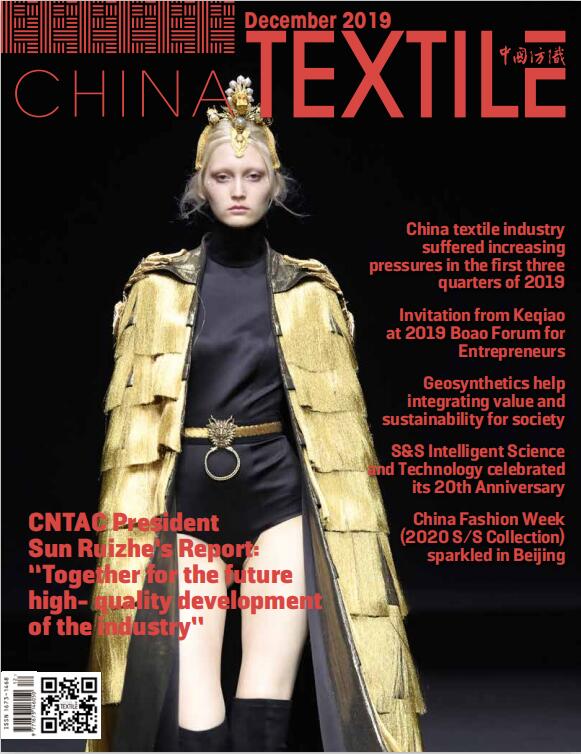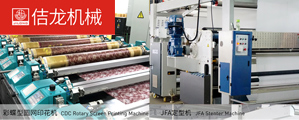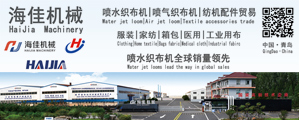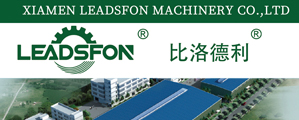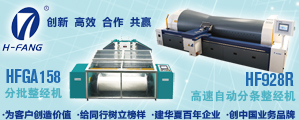The domestic demand index of the industrial textile in the first quarter expected to reach 57.9
May 07, 2020 | by zhaoxh
The outbreak of the COVID-19 pandemic has made us feel the importance of industrial textiles like never before. After the outbreak, the Chinese industrial textile industry made every effort to ensure the normal supply of raw materials. Many people believe that the only industry currently not affected by the pandemic is the industrial textile industry. So, does this pandemic affect the industrial industry? If so, how big is the impact? What are the main aspects of these effects?
The industry operated smoothly in the first quarter, and the pandemic led to polarization
The China Nonwovens & Industrial Textiles Association (CNITA) launched a questionnaire survey in the industry at the end of March. It is understood that in this survey, a total of 240 companies submitted questionnaires, including 233 valid questionnaires. The effective sample enterprises involve the entire industrial chain of industrial textiles. Analysis of sample companies, the main business income (enterprise size) in 2019 is mainly concentrated in 100 million to 500 million yuan, accounting for nearly 40% of the total, nearly 10% of companies exceed 1 billion yuan, and 12.45% of the enterprises are below designated size.
Regarding the operating conditions of enterprises in the first quarter, 11.16% of the enterprises indicated that they were very good, 30.47% of the enterprises indicated that they were relatively good, and 38.63% of the enterprises indicated that they were average. Nearly 20% of enterprises said that their business conditions were not good, and nearly 4% of them said that they were very poor. Indexed the business situation, the industry’s prosperity index in the first quarter was 63.7, and the prosperity in the fields of medical and hygiene textiles, safety protection, filtration and separation, nonwoven coils, equipment and accessories was relatively high. The prosperity index of medical and hygiene textiles engaged in anti-pandemic material production reached 79.2, while the prosperity index of geotechnical construction, rope net, lining and other fields was below 50 - the threshold separating contraction from expansion.
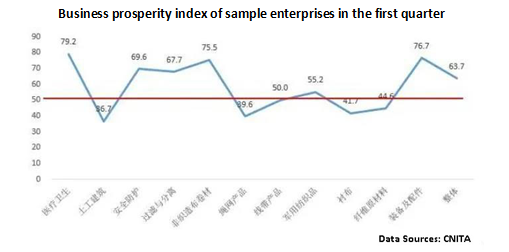
Through analysis, it can be found that the impact of the pandemic on the industrial textile industry is polarized. On the one hand, the enterprises producing materials to fight against the pandemic are in good operating conditions, demand has increased substantially, and orders are full; on the other hand, enterprises engaged in production in other fields have also been negatively affected to varying degrees.
Enterprises generally expect that with the recovery of production and the commencement of major projects after the second quarter, as well as the implementation of national policies and measures to support economic development, the industry’s demand for infrastructure construction, environmental protection, and safety protection will be restored, and the global demand for medical protection will continue to grow, and the company remains optimistic about the operating conditions throughout the year.
Non-protective products industry cluster has a greater impact, SMEs are not optimistic
The pandemic has a great impact on small and medium-sized private enterprises represented by catering, tourism, manufacturing, etc. Similarly, certain types of non-protective supplies cluster enterprises, such as engineering companies, service-oriented operating companies, and general-purpose equipment manufacturing enterprises are also facing severe challenges to varying degrees.
Be wary of overcapacity after the pandemic, structural adjustment is imperative
At present, more than 90% of the country’s small and medium-sized enterprises are under the influence of the competitive environment. It is difficult for the development of enterprises to be supported by continuous innovative technology. Some processing industries have low technological content, which also restricts the investment value of the industry. After the pandemic, it is necessary to accelerate the process of industry mergers and acquisitions, followed by the establishment of a national emergency reserve, increase acquisition efforts, taking into account the purchase and storage and release of production capacity, and improve the industrial chain and form a self-improving larger industrial cluster. This is an issue that governments and enterprises in clusters need to consider in advance.
For the expected development of the industry throughout the year, after indexing the domestic demand of the enterprise, the annual domestic demand index of the enterprise is 57.9, which is higher than the domestic demand index in the first quarter. The company’s overseas market demand index is 43.6, higher than the overseas demand index in the first quarter, but it is still in the contraction range, indicating that the pandemic is spreading around the world, and companies are pessimistic about the global economic recovery.


